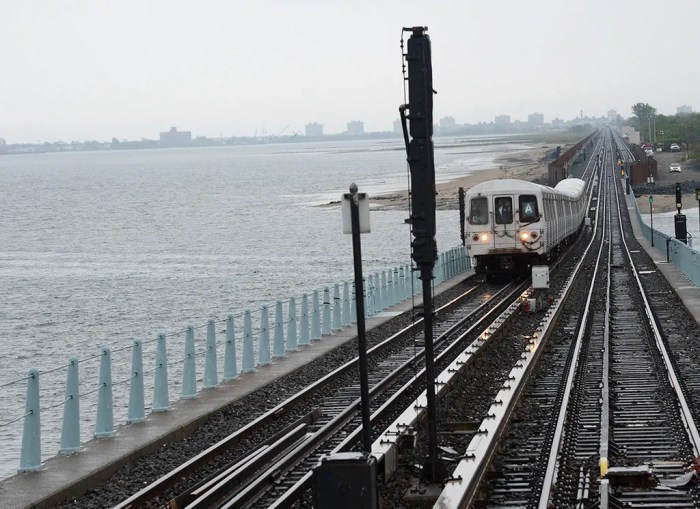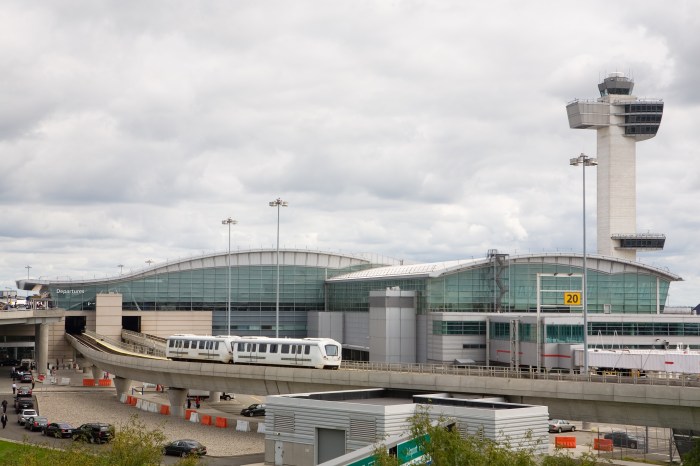By The TimesLedger
If someone had told us two years ago that the Museum of Modern Art would be relocating to western Queens, even temporarily, we probably would have thought that he or she was as crazy as some of the artists whose works adorn the walls of MoMA.
But it’s true. One of the world’s most famous museums will be calling Long Island City home for the next three years.
The museum will move to the site of the former Swingline Stapler factory while its Manhattan home undergoes renovation. It is expected that thousands of New Yorkers and tourists will make the journey from the tawniest enclaves of Manhattan to this working-class Queens neighborhood.
Like Cinderella at midnight, at the stroke of three years, MoMA will leave Queens forever. We hope that the borough will make the most of these years. At the moment, there are grand plans for Long Island City. But they have been plans and nothing more for too many years. Queens Boulevard will never be 57th Street, but there is no reason that Long Island City with its spectacular view of and easy access to Manhattan should not be alive with economic activity.
Hopefully the influx of art lovers will give a jump-start to the development of housing and business opportunities in the area. We suspect that entrepreneurs will begin to see the untapped potential of western Queens. This has already begun with the opening of the Museum of the Moving Image and Silver Cup studios. There is also the possibility that an Olympic village will be built here if New York wins the right to host the Summer Olympics.
While there is always a fear of gentrification, we are confident that everyone will benefit from the development of western Queens. Along with expensive condos featuring breathtaking views of Manhattan will come the creation of thousands of jobs and the creation of affordable housing for low- and middle-income families.
For the people of Long Island City, the future looks bright.
Edtorial: A reasonable increase
Few things in life are more predictable than the annual battle at the hearing of the Rent Guidelines Board. As sure as pigeons leave their calling cards on newly washed cars, housing activists can be counted on to show up at public hearings to demand a freeze in rents. Likewise, landlords, no matter how well or poorly they are doing, can be counted on to testify that if they cannot raise rents, they will be losing money on their investments.
We do not envy the members of the board. When it comes to the annual increase in rents for rent-stabilized apartments in the city, the boards seldom make any friends. The landlords almost always say the increase is not enough while the activists argue that it will drive little old ladies from their homes.
This year the board has agreed to a 2 percent increase on one-year leases and 4 percent for two-year leases. That appears reasonable, striking a balance between the need for building owners to realize a profit and the limitations and frustrations facing renters living on a fixed income.
The need for radical reform of the city’s rent policy became apparent last week when a Manhattan artist lost her bid to fight a rent increase for her Soho loft. The woman has been paying $250 a month for a loft that could sell for $3,000 a month. When she protested a modest increase, she went court. She will now be forced to pay market rates for her loft.
We look forward to the day when the renters and landlords will work together to set rent policies that will be encourage the development of new affordable housing without hurting the most vulnerable renters.


































